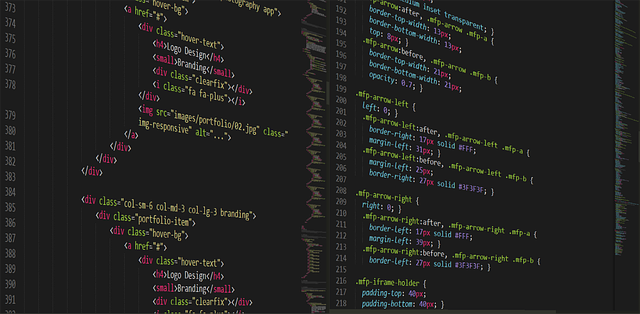Real estate regulations are crucial for structural integrity and safety, governing building materials, layout, fire safety, accessibility, and waste management. Adhering to local codes enhances property value and market appeal. Ignoring these standards can lead to structural failures, legal issues, fines, litigation, reputational damage, and financial losses. Regular inspections are vital for risk mitigation and compliance with regulatory frameworks, ensuring occupant safety and investment protection.
In the dynamic realm of real estate, ensuring structural integrity is paramount. This comprehensive guide delves into the critical aspect of maintaining safety standards through regulatory compliance. We explore key regulations governing the industry and their profound impact on property value and occupant safety. By understanding the essential factors for structural compliance, developers and investors can navigate potential pitfalls, avoid costly consequences, and uphold the highest standards in the ever-evolving real estate landscape.
Understanding Real Estate Regulations for Safety

Real Estate regulations play a pivotal role in ensuring the safety and structural integrity of properties. These guidelines are designed to protect occupants, prevent accidents, and maintain the overall quality of buildings. For instance, construction codes dictate building materials, layout, and design standards, guaranteeing structures can withstand various environmental conditions and potential hazards.
When buying or investing in real estate, understanding these regulations is crucial. They cover aspects like fire safety measures, accessibility for individuals with disabilities, and proper waste management systems. Adhering to these standards not only ensures a safe living environment but also adds value to properties, making them more attractive to buyers and tenants alike.
Key Factors in Ensuring Structural Compliance

In the real estate sector, ensuring structural integrity is paramount for safety and investment value. Key factors in achieving this include adhering to local building codes and regulations, which are designed to dictate construction standards and safety measures. These guidelines encompass materials used, design specifications, and construction techniques, all geared towards fostering robust structures that withstand various environmental stresses.
Regular inspections play a crucial role in maintaining structural integrity over time. They identify potential issues early on, allowing for prompt corrective actions. Real estate investors and property managers should prioritize these checks to mitigate risks and ensure their assets remain valuable. Compliance with regulatory frameworks not only guarantees the safety of occupants but also safeguards investment, as structures that meet integrity standards are more attractive to buyers and tenants alike.
Consequences of Ignoring Building Standards

Ignoring building standards can have severe consequences for both properties and their occupants, as well as having a significant impact on the real estate market. Non-compliance with regulations can lead to structural failures, creating hazardous living conditions. These issues may go unnoticed until they escalate, potentially resulting in serious injuries or even fatalities.
Such neglect also carries legal and financial implications. Property owners and developers found guilty of non-adherence to building standards can face hefty fines, litigation, and damage to their reputation. In severe cases, it may lead to the partial or complete demolition of structures, causing significant losses for investors and disrupting local real estate values.






